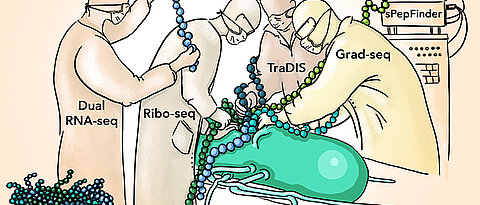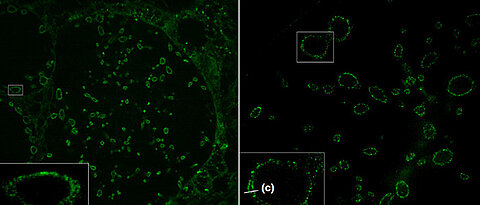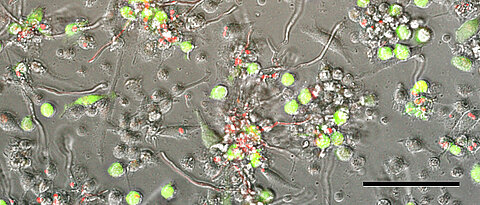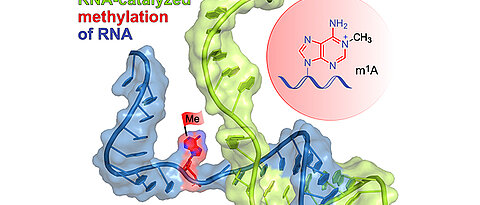Corona: How the virus interacts with cells
12/21/2020
Scientists from Würzburg and the US have charted the first global atlas of direct interactions between SARS-CoV-2 RNA and human host cells. This may provide a starting point for novel treatments.
more



















